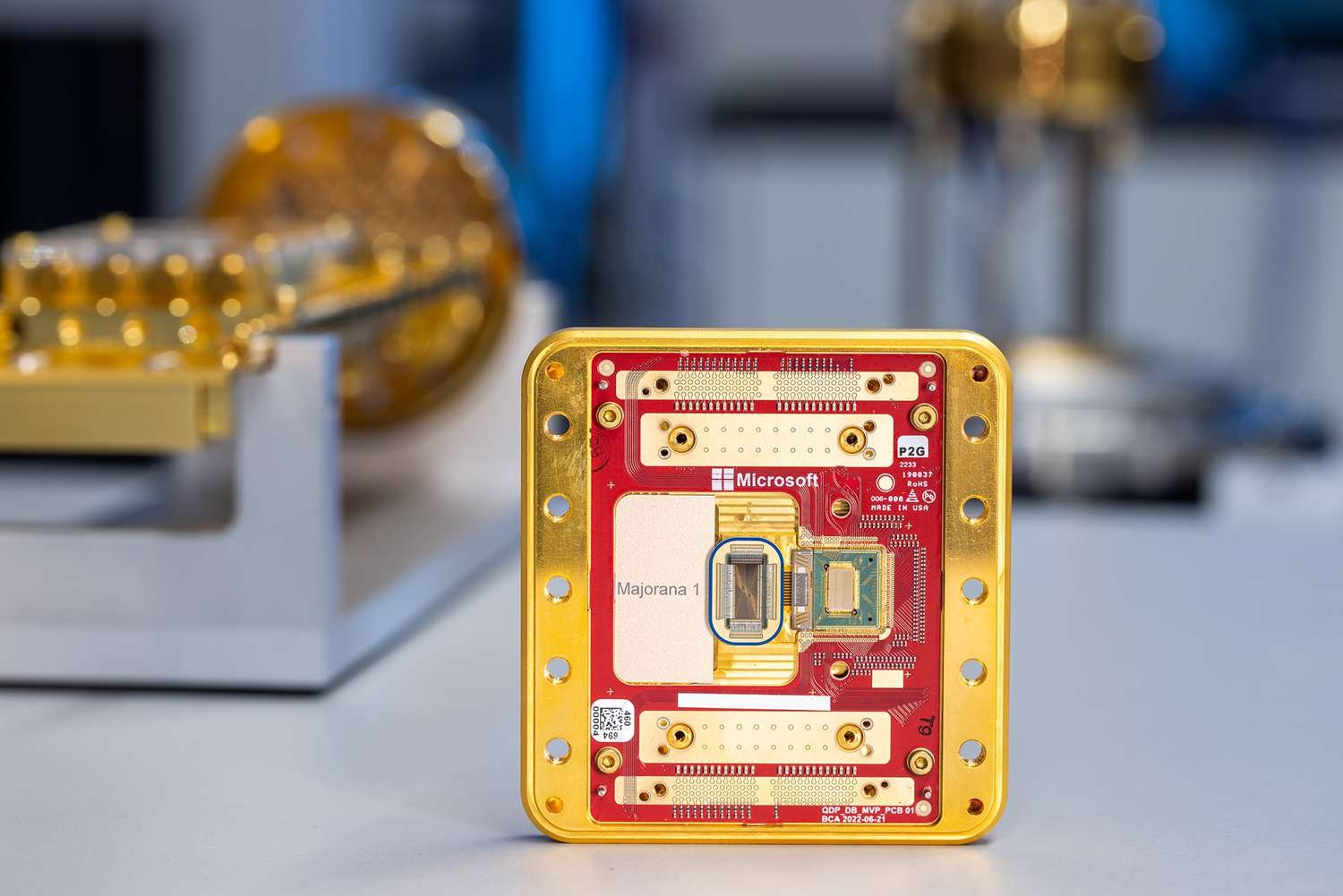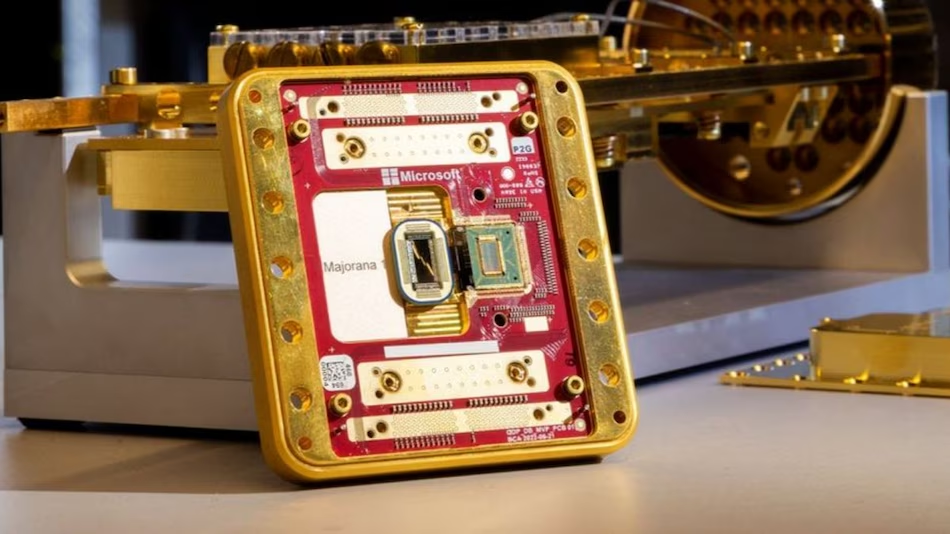Is This the Breakthrough Quantum Computing in Demand? Quantum computing has promised a revolutionary leap in processing power but for decades has been hampered by technical issues.
Microsoft has now announced Majorana 1, a quantum processor based on a groundbreaking new principle. Powered by topoconductors and utilizing exotic Majorana particles, the chip promises to introduce stability, scalability, and practical utility to quantum computing.
With Majorana 1, Microsoft says it has opened up the possibility for error-resistant qubits, paving the way to quantum processors with a million qubits. The breakthrough could revolutionize industries ranging from drug discovery to materials science.

Overcoming the Biggest Challenges in Quantum Computing
Traditional quantum computers use superconducting qubits, which are fragile and prone to errors due to environmental disturbances. These errors must be extensively corrected, and therefore large-scale quantum computing is impractical.
Majorana 1 introduces a novel type of qubit constructed on Majorana fermions, bizarre particles that were first conceived theoretically in 1937. Majorana particles behave as their antiparticles and exist in a topologically stable state, making them potentially able to retain and manipulate quantum information more accurately than standard qubits.
Central to this innovation is a substance referred to as a topoconductor, a topological superconductor enabling Majorana particles to be manipulated and controlled. This technology makes it possible for quantum computers to gain the stability they require for practical use.
The Role of Topoconductors in Quantum Processing
Topoconductors are a game-changer in quantum computing. They provide:
- Error-resistant qubits: Reducing computational errors at the hardware level.
- Scalability: Allowing a single chip to hold up to a million qubits.
- Faster computations – Performing trillions of operations efficiently.
- Compact design – Enabling a quantum processor to fit in the palm of your hand.
Microsoft has spent close to two decades studying this method and is seeing promising results. In contrast to traditional superconducting qubits that need elaborate control mechanisms, Majorana 1 brings digitally controllable qubits into the picture, making quantum computation at scale simpler.
Microsoft’s Place in the Quantum Race
Microsoft’s Majorana 1 positions the company at the forefront of the quantum revolution, competing with tech giants like Google, IBM, and IonQ. While Google’s Sycamore processor relies on superconducting qubits, and IBM focuses on trapped-ion qubits, Microsoft’s topological qubit approach could prove to be the missing link in achieving fault-tolerant quantum computing.
Microsoft is also one of only two companies selected for the U.S. Defense Advanced Research Projects Agency (DARPA) US2QC program, which aims to develop a commercially viable quantum system faster than previously believed possible.
Real-World Applications of Majorana 1
If Majorana 1 delivers on its promise, it could unlock solutions to some of the world’s most complex problems, including:
- Pharmaceuticals – Simulating molecular interactions for faster drug discovery.
- Energy – Optimizing power grids and advancing nuclear fusion research.
- Materials Science – Designing self-healing materials and reducing waste.
- AI Integration – Enhancing artificial intelligence with quantum-driven optimizations.
What’s Next for Microsoft Majorana 1?
While the potential of Microsoft Majorana 1 is enormous, quantum computing is still in its early stages. The next hurdle for Microsoft will be scaling production, optimizing the technology, and merging it into Azure Quantum, Microsoft’s cloud-based quantum computing platform.
Experts believe that within the next decade, quantum computing could move from experimental labs to commercial deployment. Transforming industries in ways we can only begin to imagine.
Conclusion
Microsoft’s Majorana 1 is a bold step toward practical, scalable quantum computing. By exploiting Majorana particles and topoconductors, the processor seeks to transcend the challenges of conventional quantum computers, achieving fault-tolerant quantum computation.
For businesses that want to remain at the forefront of the technology world, monitoring quantum computing is no longer a choice—it’s necessary. As the pace of innovation quickens, companies that utilize advanced technology will have a competitive advantage in addressing intricate issues and streamlining operations.

